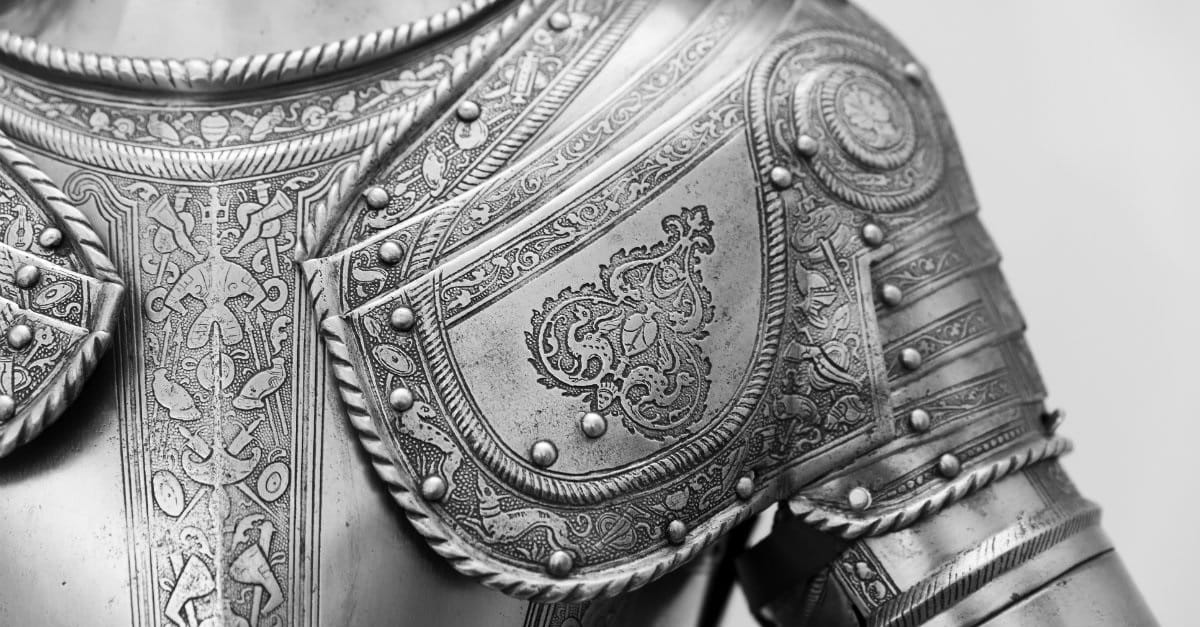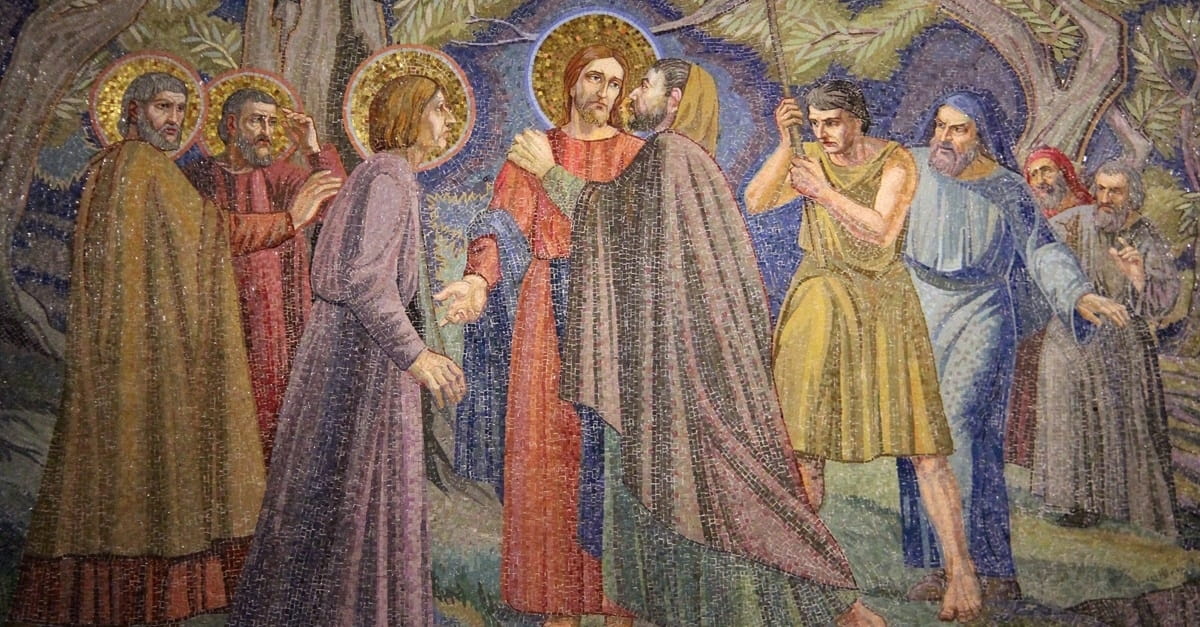Matthew, Mark, Luke, and John and their respective descriptions of what happened on Easter Sunday morning. But the differences are not discrepancies. In other words, all four accounts, in my opinion, are complementary and perfectly compatible with one another. When we compare and align the four gospel accounts of the resurrection of Jesus, we derive the following ten truths.
1.The women who witnessed the crucifixion were committed to caring for Jesus
The first thing of importance for us to note is the commitment of several women who had witnessed the crucifixion and had helped in the burial of Jesus. They agreed to return on Sunday morning, after the Sabbath, to finish preparation of his body. Two women in particular, Joanna and Susanna, already had in their possession the spices needed to anoint Jesus (Luke 23:55-24:1). Early on Sunday morning, Mary Magdalene, the other Mary, and Salome went to the market to purchase additional spices with which to anoint and prepare Jesus’ body. These spices were used to offset odors that resulted from decomposition.
The fact that they agreed to return to the tomb on Sunday indicates that they had no expectations of an immediate resurrection of Jesus from the dead.
J

2. Before the women arrived at the tomb, there was a great earthquake.
Matthew tells us that it was caused by an angel who descended from heaven and rolled back the stone (Matt. 28:2). The guards who were stationed at the tomb obviously witnessed this (how could they possibly have missed it?). But they did not see the risen Lord Jesus. As we’ll note in a moment, the first person to see Jesus alive was Mary Magdalene. Matthew says that after the angel moved the stone he sat upon it, both to frighten away the soldiers and to make it clear that no one could replace it.
Photo Courtesy: Thinkstock
.1200w.tn.jpg)
The soldiers were terrified at the appearance of the angel.
We read in Matthew 28:3-4 that his “appearance was like lightning, and his clothing white as snow. And for fear of him the guards trembled and became like dead men.”
Let’s not forget that these were soldiers of considerable experience in the field of battle, having likely served in times of war in Greece, Egypt, and Syria. The worst they expected was to battle a rag-tag band of fishermen and farmers. They had never bargained for an angelic visitation! Their swords were of no use against this supernatural being. They fell into something of a catatonic state, but eventually recovered and ran away to report what had happened.
After the soldiers left in fear, the angel went inside the tomb, presumably in order not to frighten the women upon their arrival (Mark 16:5).
Photo Courtesy: Thinkstock
.1200w.tn.jpg)
3. The stone was moved away not to let Jesus out but to let the women and the other witnesses in.
This brings up the subject of the nature of Jesus’ resurrection body.
• He could pass through a sealed tomb.
• He could pass through closed doors (John 20:19,26).
• He was capable of being seen and touched and even ate food with his disciples (Luke 24:38-43). Jesus didn’t eat because he needed nourishment. He ate with them to enjoy their fellowship and most of all to demonstrate that he was real and not some phantom or ghost. He wanted to put their fears to rest.
• His was a spiritual body, not because it wasn’t also physical, but in the sense that it was dominated and energized by the Spirit and gloriously adapted to life in a spiritual realm. He lived in time and space but was not hindered or restricted or in any way limited by it.
• He could pass through closed doors (John 20:19,26).
• He was capable of being seen and touched and even ate food with his disciples (Luke 24:38-43). Jesus didn’t eat because he needed nourishment. He ate with them to enjoy their fellowship and most of all to demonstrate that he was real and not some phantom or ghost. He wanted to put their fears to rest.
• His was a spiritual body, not because it wasn’t also physical, but in the sense that it was dominated and energized by the Spirit and gloriously adapted to life in a spiritual realm. He lived in time and space but was not hindered or restricted or in any way limited by it.
Photo Courtesy: Thinkstock

4. The Jewish idea of "day" changes how we view Jesus' time spent in the grave.
Precisely when did Jesus rise from the dead? This will probably come as a shock to many of you, but he could conceivably have been raised any time after sunset on Saturday night. Remember that the Jews reckoned their days from sunset to sunset. Therefore, what you and I would typically regard as Saturday night was for them Sunday.
How then can it be said that Jesus was in the grave for three days and three nights? Uninformed critics typically jump on this as a colossal mistake in the gospels. But according to Jewish reckoning, when it came to determining time, any part of a day was considered by them to be the whole day. In other words, although Jesus was in the grave only one or two hours on Friday, the Jews counted it as a whole day and night, 24 hours. Thus, Jesus could conceivably have been buried only 26 hours: one hour on Friday, twenty-four hours on Saturday (the Sabbath), and one hour on Sunday. And yet it could truly be said of him that he was in the grave “three days and three nights.” In sum, then, three days and nights need mean only the combination of any part of three separate days.
Photo Courtesy: Unsplash

5. The soldiers explained the things they saw to the religious leaders.
Matthew tells us that some of the soldiers went directly to the chief priests and reported everything. The religious leaders in turn paid them a large sum of money to tell everyone that the disciples had come and stolen the body. Some find this implausible. After all, would these soldiers have admitted falling asleep on the job, knowing that it was an offense punishable by death? On the other hand, since they didn’t believe the rjesurrection had actually happened, what other explanation could they provide for the disappearance of the body?
According to Matthew 28:14, they were assured that the Sanhedrin would act as a buffer between them and Pilate. The Jewish leaders promised that they would use their influence to keep them out of trouble. Furthermore, they had already committed an offense worthy of death by leaving their post at the tomb! I can also imagine that their fear of the supernatural visitation by this angel was greater than their fear of Pilate. Finally, these men were desperate to explain the absence of the body and this was the best explanation short of admitting that a resurrection had taken place.
Photo Courtesy: Thinkstock

Could the disciples actually have stolen Jesus' body?
But what about the possibility that the disciples stole the body? Consider these factors:
• They were terrified out of their minds following the events in Gethsemane.
• They had never understood our Lord’s prediction of his resurrection while he was alive. Are we now asked to believe that in their distraught, demented condition that they all of a sudden figure it out and hatch a plot to steal the body and thus pretend that it had come true?
• Are we to believe that they would then be willing to suffer horrific persecution, imprisonment and martyrdom for something they knew was a complete fabrication?
• They had fled to Bethany after Gethsemane. Being pious Jews, they would not have defiled themselves and the Sabbath by traveling to Jerusalem and robbing a grave!
• There is no evidence of such dishonesty and deceit on their part that would have led them to theft. The only dishonest one among them was Judas, and he was already dead.
• Even if they had decided to steal the body, they could hardly have overpowered armed soldiers.
• Molesting graves was itself a capital crime, punishable by death. Would these timid and fearful disciples have mustered sufficient courage to rob the grave of Jesus? And if they had, why didn’t the Jewish authorities prosecute them for it?
• They had never understood our Lord’s prediction of his resurrection while he was alive. Are we now asked to believe that in their distraught, demented condition that they all of a sudden figure it out and hatch a plot to steal the body and thus pretend that it had come true?
• Are we to believe that they would then be willing to suffer horrific persecution, imprisonment and martyrdom for something they knew was a complete fabrication?
• They had fled to Bethany after Gethsemane. Being pious Jews, they would not have defiled themselves and the Sabbath by traveling to Jerusalem and robbing a grave!
• There is no evidence of such dishonesty and deceit on their part that would have led them to theft. The only dishonest one among them was Judas, and he was already dead.
• Even if they had decided to steal the body, they could hardly have overpowered armed soldiers.
• Molesting graves was itself a capital crime, punishable by death. Would these timid and fearful disciples have mustered sufficient courage to rob the grave of Jesus? And if they had, why didn’t the Jewish authorities prosecute them for it?
Photo Courtesy: Thinkstock
.1200w.tn.jpg)
6. The first followers of Jesus to enter the tomb were four women.
About this time, Mary Magdalene, the other Mary, and Salome were making their way to the tomb, talking along the way about how they were going to remove the stone (Mark 16:3). They probably reassured themselves with the recollection that Joseph of Arimathea had a gardener or possibly a night watchman. When they arrived, they were astonished to see the tomb opened and no guards present. Mary Magdalene immediately jumped to the conclusion that someone had stolen the body and she ran off to tell Peter and John.
About this time Joanna and Susanna arrived, as they had agreed on the previous Friday, to join them to anoint the body of Jesus. The four women then boldly entered the tomb and stood off to the left, looking to the right where the body of Jesus had been laid, waiting anxiously for their eyes to adjust to the light.
Photo Courtesy: Thinkstock

What did the women see in the tomb?
What they saw is reported differently by the gospel records. Matthew says they saw one angel. Mark says they saw one young man. Luke says they saw two men in dazzling apparel. Is there a contradiction here? No. In the first place, angels are almost always depicted in Scripture as men. Thus it was an angel in the form of a man that they saw.
But how many were there? Remember this: if there were two then there was one. It would be a contradiction only if the writer had said there was only one. But he doesn’t. We often encounter two or more people but later only mention the one with whom we actually conversed.
Also, we are dealing with two descriptions of an event and not with two witnesses in a court of law replying to cross examination. If we were in a courtroom and an attorney asked the witnesses, “Precisely how many men were present?” and the first said, “There was only one,” and the other said, “I saw two,” then we would have a contradiction. But the gospel writers are not answering the question “How many?” but are giving incomplete descriptions of a complex event.
The words spoken to them are designed to remove their fears and to reassure them that the body of Jesus had not been stolen (see Mark 16:6-7).
Photo Courtesy: Thinkstock
.1200w.tn.jpg)
7. The record off women as the first witnesses validates the gospel accounts.
The fact that these four women were the first to receive the announcement that Jesus had risen is significant in that Jewish law declared the testimony of women to be worthless. They were not eligible to serve as legal witnesses. This again points to the integrity of the gospel accounts, for the early church would never have invented a story about the resurrection that they knew depended on the testimony of people whom society at large utterly discounted.
Photo Courtesy: Thinkstock

8. Peter and John enter the tomb after the women leave.
Remember that Mary Magdalene had most likely run back to tell Peter and John of the removal of the stone before the other women had entered the tomb (John 20:1-2). She did not as yet know that Jesus had been raised. She was actually quite despondent over the prospect that his body had been stolen. She tells Peter what happened and he and John run to the tomb, leaving her behind. They arrive after the four women had already departed and returned to the city by another route.
John reaches the tomb first, but hesitates. Peter, not known for hesitation, enters first. Both of them bear witness to the empty tomb and see the burial cloths lying to the side, with the cloth that would have been wrapped around his head to hold his jaw shut rolled up and set to the side.
Photo Courtesy: Unsplash

9. Mary Magdalene returns to the tomb and encounters Jesus.
In the meantime, Mary Magdalene returns to the tomb alone. Listen to the account of what happens next, as told by John in John 20:14-18.
Having said this, she turned around and saw Jesus standing, but she did not know that it was Jesus. Jesus said to her, “Woman, why are you weeping? Whom are you seeking?” Supposing him to be the gardener, she said to him, “Sir, if you have carried him away, tell me where you have laid him, and I will take him away.” Jesus said to her, “Mary.” She turned and said to him in Aramaic, “Rabboni!” (which means Teacher). Jesus said to her, “Do not cling to me, for I have not yet ascended to the Father; but go to my brothers and say to them, ‘I am ascending to my Father and your Father, to my God and your God.’” Mary Magdalene went and announced to the disciples, “I have seen the Lord”—and that he had said these things to her” (John 20:14-18).
Two things to note:
What must she have felt and experienced in hearing Jesus speak her name: “Mary!”
Mary clings to him, fearful that he will otherwise forever depart. Evidently she tries to hold him down, thinking that he has already ascended into heaven and will immediately return there, never to be seen again. Jesus does not forbid her to touch him but gives gentle reassurance that she need not fear to leave him and tell the good news to others, for his ascension to the Father is still in the future.
Photo Courtesy: Thinkstock
.1200w.tn.jpg)
10. Jesus makes more appearances.
Several appearances of Jesus then ensue. The other women, either on their way back to Jerusalem or on their way to Bethany to tell the disciples, are met by Jesus on the road. Their response is one of wonder and joyful worship (Matt. 28:9-10). Jesus also appears to two disciples on the Emmaus road (Luke 24).
It is likely at this point that Jesus appears personally and privately to Peter (Luke 24:34; 1 Cor. 15:5). We don’t know where this meeting took place, but Gethsemane is likely. What we do know is the purpose of the meeting. See Mark 16:7!
Photo Courtesy: Thinkstock

Conclusion of Easter Sunday Accounts
So, why is all this important? What ultimate difference does it make?
Now if Christ is proclaimed as raised from the dead, how can some of you say that there is no resurrection of the dead? But if there is no resurrection of the dead, then not even Christ has been raised. And if Christ has not been raised, then our preaching is in vain and your faith is in vain. We are even found to be misrepresenting God, because we testified about God that he raised Christ, whom he did not raise if it is true that the dead are not raised. For if the dead are not raised, not even Christ has been raised. And if Christ has not been raised, your faith is futile and you are still in your sins. Then those also who have fallen asleep in Christ have perished. If in Christ we have hope in this life only, we are of all people most to be pitied (1 Corinthians 15:12-19).

No comments:
Post a Comment